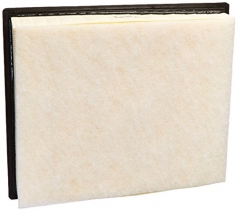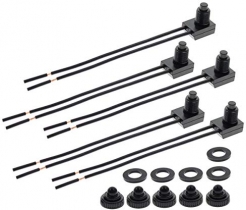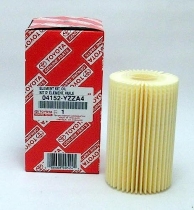-
Welcome to Tundras.com!
You are currently viewing as a guest! To get full-access, you need to register for a FREE account.
As a registered member, you’ll be able to:- Participate in all Tundra discussion topics
- Transfer over your build thread from a different forum to this one
- Communicate privately with other Tundra owners from around the world
- Post your own photos in our Members Gallery
- Access all special features of the site
Brake pad and rotor replacement
Discussion in 'General Tundra Discussion' started by zilla_lou, Mar 4, 2019.


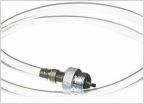 First Oil Change Questions
First Oil Change Questions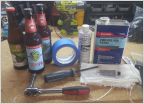 DIY: Fiberglass Eyelids
DIY: Fiberglass Eyelids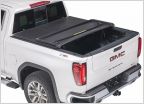 Do I need a deck rail tonneau cover?
Do I need a deck rail tonneau cover?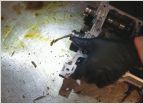 Cam tower leak fix tutorial ?
Cam tower leak fix tutorial ?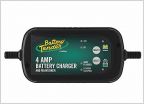 Need battery charger recommendation with Bully Dog
Need battery charger recommendation with Bully Dog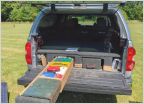 Another DIY Tundra sleeping platform/drawer build.....
Another DIY Tundra sleeping platform/drawer build.....